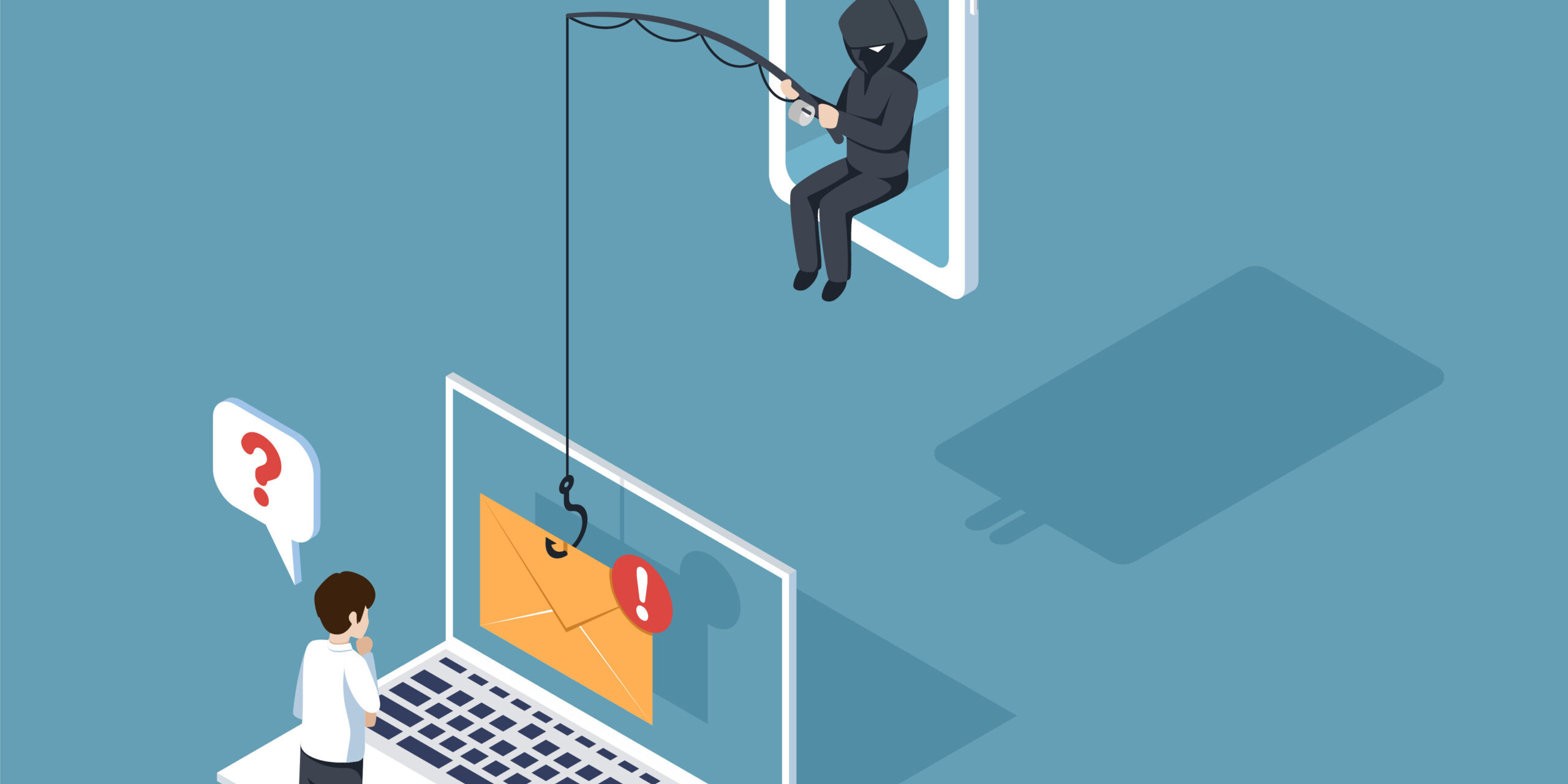Introduction
Phishing attacks have been a persistent threat in the digital landscape, and they continue to evolve with increasing sophistication. In 2024, staying informed about the latest phishing tactics is crucial for protecting both individuals and businesses. This article explores the nature of phishing attacks, how they have evolved, and the best practices for recognizing and avoiding them.
What is Phishing?
Phishing is a type of cyber-attack where attackers impersonate legitimate entities to deceive individuals into providing sensitive information. Common types of phishing attacks include email phishing, spear phishing, whaling, vishing (voice phishing), and smishing (SMS phishing).
Evolution of Phishing Attacks
Phishing tactics have evolved significantly over the years. Initially, phishing emails were relatively easy to spot due to poor grammar and obvious mistakes. However, modern phishing attempts are highly sophisticated, using advanced techniques to mimic legitimate communications.
Recent Trends:
- Increased use of social engineering to personalize attacks.
- Utilization of AI to craft convincing phishing messages.
- Targeting specific individuals (spear phishing) and high-level executives (whaling).
Recognizing Phishing Scams in 2024
To protect yourself from phishing attacks, it is essential to recognize the signs of a scam. Here are key characteristics of phishing emails and messages to watch out for:
Red Flags:
- Unsolicited emails from unknown senders.
- Urgent or threatening language.
- Requests for sensitive information (passwords, financial details).
- Suspicious links or attachments.
Examples of Sophisticated Phishing Attempts:
- Emails that appear to come from trusted companies or colleagues.
- Fake login pages designed to steal credentials.
- Personalized messages that use information gleaned from social media profiles.
Common Phishing Techniques
Phishing attacks can take various forms, each with unique characteristics:
Spear Phishing:
- Targeted attacks on specific individuals.
- Often involves detailed information about the target to make the email more convincing.
Whaling:
- Targeting high-level executives and decision-makers.
- Usually involves highly personalized and persuasive messages.
Vishing and Smishing:
- Vishing involves phone calls to trick individuals into revealing personal information.
- Smishing uses SMS messages to deceive recipients.
Clone Phishing:
- Creating a replica of a legitimate email with malicious links or attachments.
Real-World Examples of Phishing Attacks
Understanding real-world phishing incidents can provide valuable insights into how these attacks unfold and their impact.
Case Studies:
- A major corporation fell victim to a spear-phishing attack, resulting in a significant data breach.
- An individual lost thousands of dollars to a vishing scam that impersonated their bank.
Impact of Phishing Attacks
Phishing attacks can have severe consequences for both individuals and businesses, including financial losses, data breaches, and reputational damage.
Consequences:
- Individuals may suffer identity theft and financial fraud.
- Businesses can face significant monetary losses and legal liabilities.
Preventative Measures
Taking proactive steps can help protect against phishing scams. Here are some best practices:
For Individuals:
- Be cautious of unsolicited emails and messages.
- Verify the sender’s email address and look for discrepancies.
- Avoid clicking on suspicious links or downloading attachments from unknown sources.
For Businesses:
- Implement multi-factor authentication (MFA) for all accounts.
- Regularly update and patch software to fix vulnerabilities.
- Conduct phishing simulations to test employees’ awareness.
Tools and Technologies to Combat Phishing
Several tools and technologies can help detect and prevent phishing attacks:
Anti-Phishing Software:
- Programs that identify and block phishing emails.
- Email filtering services that use machine learning to detect suspicious messages.
Email Authentication Technologies:
- SPF (Sender Policy Framework) and DKIM (DomainKeys Identified Mail) to verify email legitimacy.
- DMARC (Domain-based Message Authentication, Reporting & Conformance) to protect against email spoofing.
Employee Training and Awareness
Regular training programs are essential for educating employees on how to recognize and respond to phishing attempts. Techniques include:
Training Programs:
- Interactive sessions that simulate real phishing attacks.
- Providing up-to-date information on the latest phishing trends.
Incident Response Plan
Having a robust incident response plan is crucial if a phishing attack is suspected. Steps include:
Response Steps:
- Isolate affected systems to prevent further damage.
- Report the incident to relevant authorities and stakeholders.
- Conduct a thorough investigation to identify the scope of the breach.
Regulatory and Legal Aspects
Compliance with cyber-security regulations is essential for mitigating the risks of phishing attacks. Key aspects include:
Regulations:
- Adhering to data protection laws such as GDPR and CCPA.
- Implementing security measures mandated by industry standards.
Legal Consequences:
- Potential fines and legal action for failing to protect sensitive information.
- Liability for data breaches resulting from inadequate security practices.
Future of Phishing Attacks
As technology evolves, so too will phishing tactics. Predictions for the future include:
Future Trends:
- Increased use of AI to create more convincing phishing scams.
- Greater targeting of cloud services and remote work environments.
Emerging Technologies:
- Enhanced AI-based detection systems.
- Blockchain solutions for secure identity verification.
Conclusion
Phishing attacks remain a significant threat in 2024, but by staying informed and vigilant, individuals and businesses can effectively protect themselves. Recognizing the signs of phishing scams, implementing preventative measures, and fostering a culture of security awareness are key to mitigating the risks. Stay safe, stay informed, and stay ahead of the scammers.

